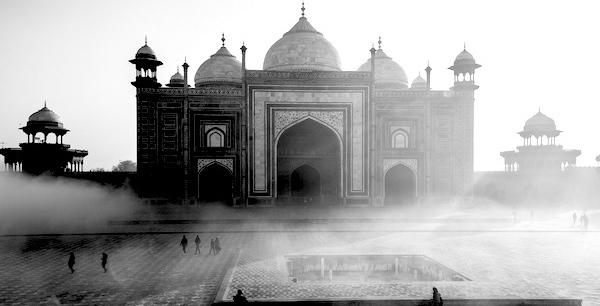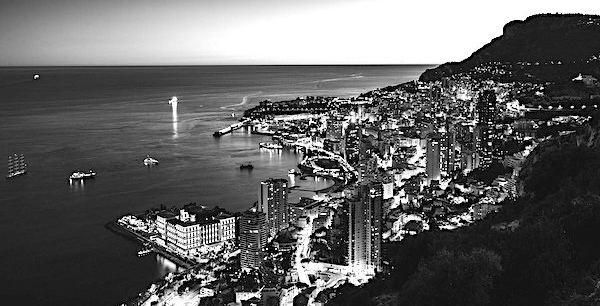
India, potential Investing strategy
India is presently known as one of the most important players in the global economic landscape. The country is on a fast pace growth and is expected to become a US$ 5 trillion economy by 2022.
Going by the estimates of Government of India, the country will need investment of US$ 4.5 trillion to build sustainable infrastructure by 2040.
In November 2020, Prime Minister Narendra Modi invited investors to participate in the Indian smart cities project pipeline (US$ 30 billion), of which projects worth US$ 20 billion are already underway.
Recent investments:
In November 2020, the Government of India announced Rs. 2.65 lakh crore (US$ 36 billion) stimulus package to generate job opportunities and provide liquidity support to various sectors such as tourism, aviation, construction and housing. Of the total stimulus package, the government allocated ~Rs. 2 trillion (US$ 27 billion) for production-linked incentive schemes.
The Prime Minister of India, Mr. Narendra Modi, announced various economic packages worth about Rs. 30 trillion (US$ 410 billion), which was about 15% of India’s GDP.
FDI equity inflow in India stood at US$ 30.0 billion in 2020-21 (between April 2020 and September 2020). Data for 2020-21 indicates that the computer software and hardware sector attracted the highest FDI equity inflow of US$ 17.55 billion, followed by the services sector at US$ 2.25 billion, trading at US$ 949 million and chemicals (other than fertilisers) at US$ 437 million.
Inflows from the Foreign Portfolio Investors (FPI) stood at Rs. 627.82 billion (US$ 8.53 billion), as of November 28, 2020.
Of this, equity inflow amounted to Rs. 603.58 billion (US$ 8.21 billion).

National symbol of India The Taj Mahal is an ivory-white marble mausoleum located on the south bank of the Yamuna river in the Indian city of Agra. The complex is actually made up of several buildings and gardens extending over 55.5 acres and it is one of the most recognizable buildings in the world. It is generally regarded as the best example of Mughal architecture, which is a blend of Indian, Persian and Islamic styles.
It was designated as a UNESCO World Heritage Site in 1983, described as ‘the jewel of Muslim art in India and one of the universally admired masterpieces of the world’s heritage’. It attracts around 7-8 million visitors a year and frequently tops polls listing the world’s most admired or beautiful building.
India has raised the number of visitors it will allow into the Taj Mahal monument to 15,000 per day despite warnings from health officials that overcrowding at tourist sites could lead to a rise in coronavirus cases.

India, woman on the tea plans.
Thank you for an interesting content Vladimír Balko, Le Globless.







